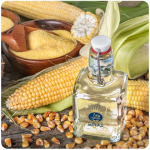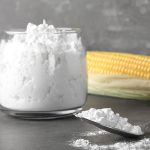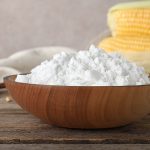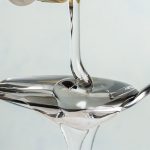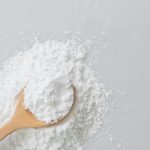products categorization
Glucose
Raw starch
Modified starch
Household consumption
Medicine
Cation
Cationic starch is classified as modified starch. The main use of this starch is in the wet-end part of the papermaking process. Since raw starch can also be used in this section, but cationic starch is preferred. Due to having positive charges, cationic starch is easily absorbed by cellulose fibers and negatively charged fillers. As a result, the connection between these components increases, and as a result, the strength of the paper increases, as well as maintaining the filler and small particles in the paper structure.
Description
Advantages of cationic starch in the paper industry:
Cationic starch increases paper strength, removes water from paper pulp faster, preserves fillers and fibers, and as a result reduces wastewater pollution and improves paper quality. It also reduces the possibility of paper tearing during the dewatering operation and thus reduces line stops during production.
mechanism:
Cellulose fibers become negatively charged in water, which is due to ionized groups and the presence of lignin remaining on the surface of the fibers. When cationic starch is added, in addition to hydrogen bonds, several other bonds (electrostatic properties) are formed. This leads to the formation of a bridge, which manifests itself as coagulation. Depending on the dose, the strength of the cationic charge and the presence of shearing forces, different results can be obtained:
– More bonds lead to better mechanical resistance (burst resistance, tensile strength, surface resistance, etc.).
– The fillers and fine particles are better preserved in the paper structure, which in turn reduces the BOD and COD of the wastewater.
– Due to the formation of large clots, water is more easily separated from paper pulp.
Parameters affecting the process and quality of the final paper:
a) Amount of alum: In acid pickling, alum is used to deposit the pickling resin on the fibers. When the fibers are saturated with Al3+ ions, they lose their negative charge and become neutral. As a result, fibers will lose their tendency to absorb cationic starch. Usually, at a concentration of 2% of Al3+ ion, the cationic starch hardly remains in the pulp structure.
b) pH value: at high pH, cationic starch loses its charge. If the pH of the pulp shifts from acidic to neutral, then cationic starch with a higher degree of substitution should be used.
c) The presence of dissolved anionic substances: the presence of anionic substances in paper pulp reduces the effect of cationic starch. These anionic materials usually enter the process as impurities from recycled paper and cardboard. But on the other hand, when anionic impurities are attached to the cellulose fibers (such as lignin), the bond between the fiber and the cationic starch is strengthened.
Golden Grain Refinery is one of the largest grain refineries in the Middle East, which processes thousands of tons of corn daily and produces a variety of products, including starches used in the paper and food industries. With the construction of a starch production factory, this complex has become the hub of starch production in the region, and by producing the starches needed by the paper industry, in addition to reducing exchange rates, it has made it easier for industries to access all kinds of starches.
